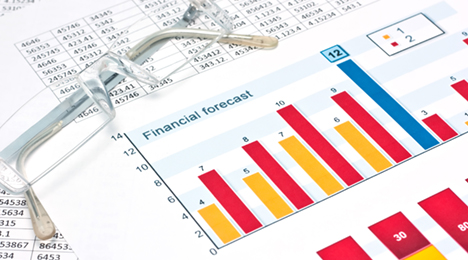May auto default rate ties 10-year low

The expert who oversees the S&P/Experian Consumer Credit Default Indices explained how May’s auto default movement should put discussions about a “crisis” in subprime auto financing “behind us.”
S&P Dow Jones Indices and Experian released data through May and reported that the auto finance default rate dropped 5 basis points from the previous month to settle at 0.85 percent. The latest reading also is 7 basis points lower compared to the same month last year.
The May reading also tied for the lowest market analysts have seen during the past 10 years. In June 2015, the auto finance default rate also stood at 0.85 percent.
For even more perspective, the May rate also is a fraction of the high point going back a decade when analysts’ charts topped out at 2.75 percent in February 2009.
“Default rates for auto loans have drifted down in the last four months. At the beginning of the year there were reports of a subprime crisis in auto loans; these concerns seem to be behind us,” said David Blitzer, managing director and chairman of the index committee at S&P Dow Jones Indices.
Also showing positive movement was the first mortgage default rate, which dropped 5 basis points from April to 0.64 percent. Blitzer pointed out that the rate remains below the pre-crisis period.
“Rising home prices and increases in the equity mortgage borrowers have in their home are helping lower default rates,” he said.
Meanwhile the composite rate — which represents a comprehensive measure of changes in consumer credit defaults — dropped 4 basis points in May compared to the previous month, coming in at 0.86 percent.
The sour spot in the latest report involved the bank card default rate, which increased 18 basis points from April to 3.53 percent.
“Easy come, easy go: Bank cards, where borrowing money requires simply swiping a credit card, are experiencing rising defaults, while defaults on other kinds of consumer credit which depend on paperwork are flat or down,” Blitzer said.
“Default rates on bank cards are at the highest level since May 2013, four years ago,” he continued. “In the past, default rates began to climb around the same time the growth of bank card credit outstanding began to slow.”
Blitzer went on to mention the year-over-year growth of bank card credit outstanding peaked at 6.8 percent last November and was at 5.7 percent in April, the latest figure available. Bank card defaults rose from 2.81 percent in November to 3.35 percent in April, and up to 3.53 percent in May.
Blitzer also explained why “the pictures of auto loans and mortgages are quite different” from what’s happening with bank cards.
“One factor in the difference between rising bank card defaults and stable defaults on mortgages and autos may be the difference in interest rates: about 4 percent on mortgages and 4.4 percent on auto loans, compared to 12 percent to 18 percent on bank card loans,” he said
Finally looking at the latest data geographically, analysts noticed four of the five major cities saw their default rates decrease in the month of May.
New York experienced the largest decrease, down 9 basis points from April to 1.01 percent.
Los Angeles reported 0.66 percent for May, dropping 3 basis points from the previous month.
Dallas came in at 0.67 percent, down 2 basis points from April.
Miami was down 1 basis point from April to 1.29 percent.
At 0.97 percent, Chicago was the only city reporting a default rate increase of three basis points from the previous month.
As previously mentioned, the national bank card default rate of 3.53 percent in May set a 48-month high. When comparing the bank card default rate among the four census divisions, analysts found the default rate in the South is considerably higher than the other three census divisions.
The East South Central Census Region — comprised of Kentucky, Tennessee, Alabama and Mississippi — has the highest bank card default rate. According to the Bureau of Labor Statistics, these states have some of the lowest median household income.
Jointly developed by S&P Indices and Experian, analysts noted the S&P/Experian Consumer Credit Default Indices are published monthly with the intent to accurately track the default experience of consumer balances in four key loan categories: auto, bankcard, first mortgage lien and second mortgage lien.
The indices are calculated based on data extracted from Experian’s consumer credit database. This database is populated with individual consumer loan and payment data submitted by lenders to Experian every month.
Experian’s base of data contributors includes leading banks and mortgage companies and covers approximately $11 trillion in outstanding loans sourced from 11,500 lenders.

 View The Latest Edition
View The Latest Edition

